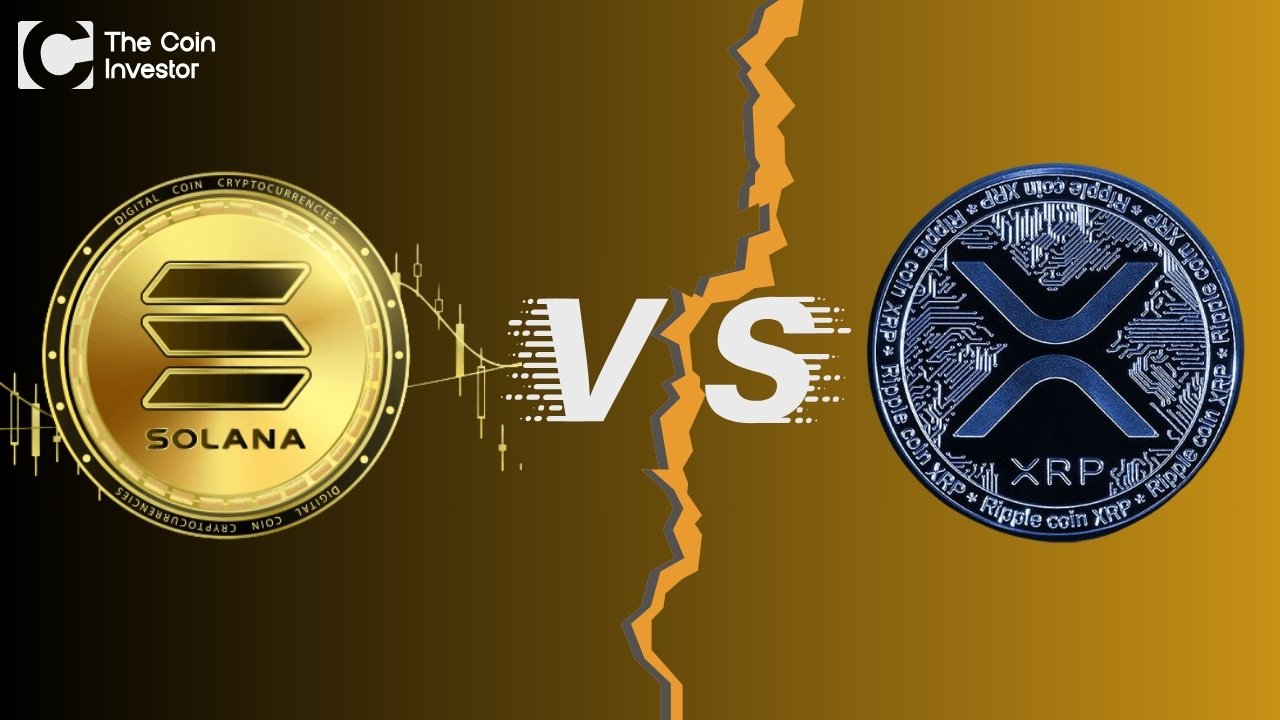The crypto market has many chances for investment. Solana and XRP are two key players in this space, and this comparison highlights why they may be the better buy for all types of investors.
Each cryptocurrency has its own technology and uses, affecting choices made by investors, especially considering the volatility of the market. This is important as the financial world changes. The talks about Solana and XRP go beyond just their prices.
They show how blockchain tech, particularly in the context of AI, is changing and mixing with regular finance.
Both projects have shown strength even with market ups and downs. They focus on different parts of the digital economy. Solana wants to offer a quick platform for apps and DeFi tools.
On the other hand, XRP aims to change cross-border payments with banks.
Recent rules about XRP after its SEC case have brought back interest from big investors. At the same time, Solana keeps growing in gaming, NFTs, and DeFi apps. This looks at Solana and XRP gives helpful insights for investors thinking about these altcoins for long-term plans.
What is Solana?
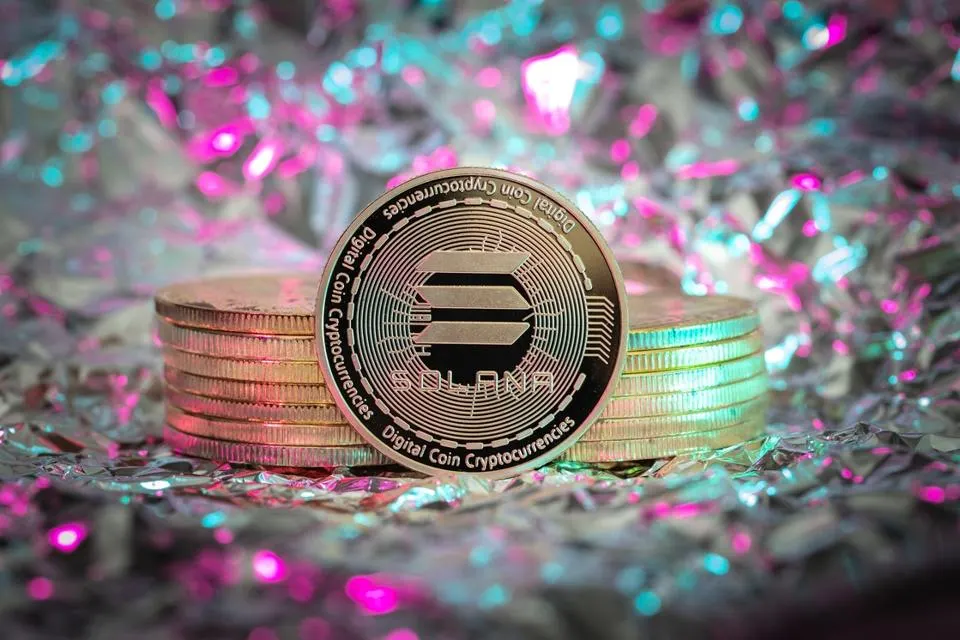
Launched in March 2020, Solana changes how blockchain works. Its goal is to support many apps at once. It acts as a high-throughput fast network. It can process over 65,000 transactions each second.
However, the real speed is about 1,251 TPS. This speed comes from its new way of reaching an agreement and processing tasks at the same time. The SOL token helps pay for fees, rewards for staking, and voting rights.
Solana aims at developers who make complex apps. It provides a user experience that feels like regular web apps but also keeps security and decentralization safe. The platform has caught the eye of big investors because of its low costs and quick speeds.
With staking rewards around 7% each year, it offers a way to earn money for those who hold on long-term. Solana’s focus on meme tokens, gaming apps, and advanced financial tools creates a lively and fast-growing community.
What is XRP?
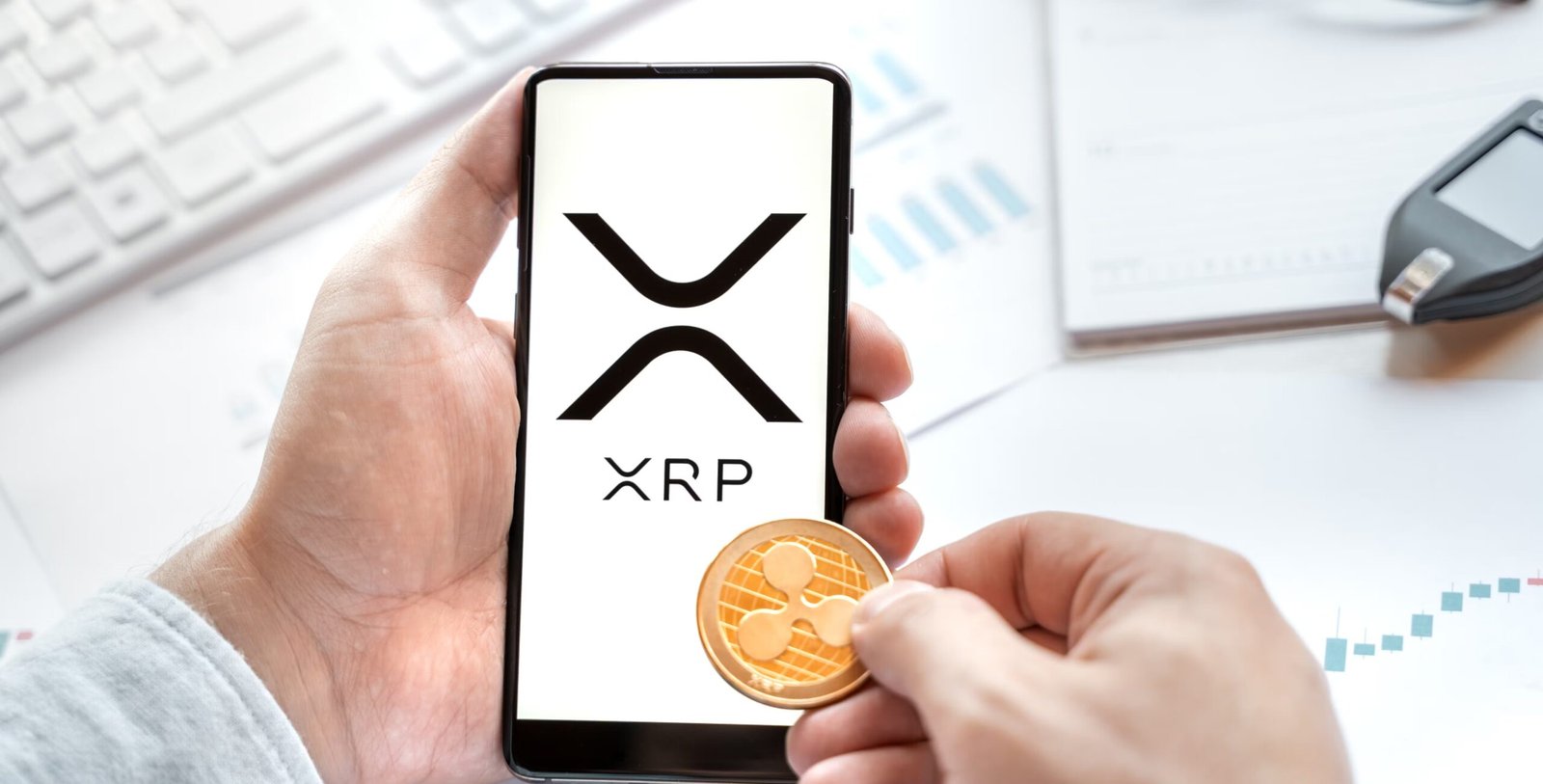
XRP is a digital asset designed for global payments. It acts as a link between regular money types.
It started in 2012, before many other blockchain projects. Its goal is to help banks and payment services move money worldwide.
Unlike Bitcoin and Ethereum, XRP was made before it was launched. There are 100 billion tokens in total, with 80 billion given to Ripple Labs. XRP offers quicker transactions, taking just 3 to 5 seconds.
Each transaction costs about $0.0002, while old systems can take days and cost much more.
This speed has drawn over 300 banks and companies to use RippleNet for global payments.
Recent news has improved XRP’s position, especially after winning its case with the SEC. This win gave more rules and clarity to XRP’s use in finance. As a result, XRP has made more partnerships in the financial world.
In February, XRP’s price jumped up, showing rising trust in its future as payment firms look for new choices beyond traditional banks.
Core Technologies Behind Solana and XRP
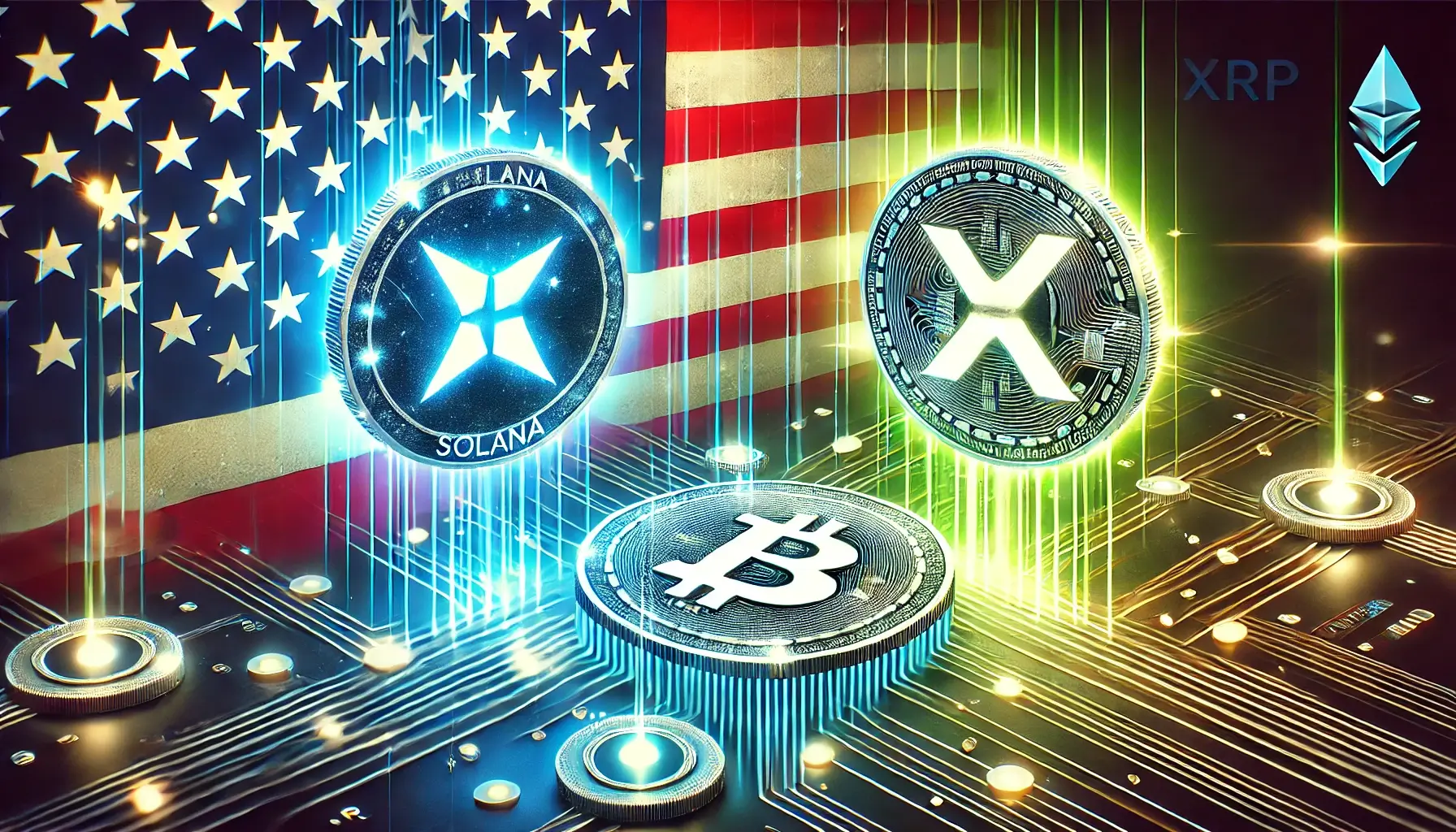
Solana’s Proof of History (PoH)
Solana’s Proof of History (PoH) is a new way to agree on data in a blockchain.
It helps solve timing issues in shared systems. PoH works like a clock, giving clear timestamps. This shows the order of transactions without needing all parts to sync up. As a result, it allows fast processing while keeping security strong.
PoH uses a Verifiable Delay Function (VDF) to make linked hashes. This creates a permanent record of history. Block makers must use the VDF to keep their slots and make blocks. This process makes sure things are fair and stops cheating.
This system lets Solana look back at past data and set time limits for transactions. This builds a strong base for apps that need high output. With Proof of Stake added, PoH lets validators create blocks and get rewards. It offers great growth while being energy smart compared to old proof-of-work systems. This base helps complex DeFi tools and games that need quick transaction speed.
XRP Ledger’s Consensus Protocol
The XRP Ledger uses the Ripple Protocol Consensus Algorithm (RPCA). This is different from Proof of Work and Proof of Stake. The model relies on trusted validators. They reach agreement every 3 to 5 seconds. This allows fast transaction settlement without using mining energy. Key principles are correctness, agreement, and forward progress. Each participant has a Unique Node List of trusted validators. An 80% quorum is needed for transaction approval. This helps prevent double-spending and keeps the network safe.
This method offers strong Byzantine fault tolerance. It also allows efficient transfers across countries. The consensus method solves the double-spend problem with cryptographic signatures and clear rules. It focuses on cooperation instead of competition in computing power. Because of this, XRPL can handle about 1,500 transactions each second while keeping financial security high.
Solana vs XRP
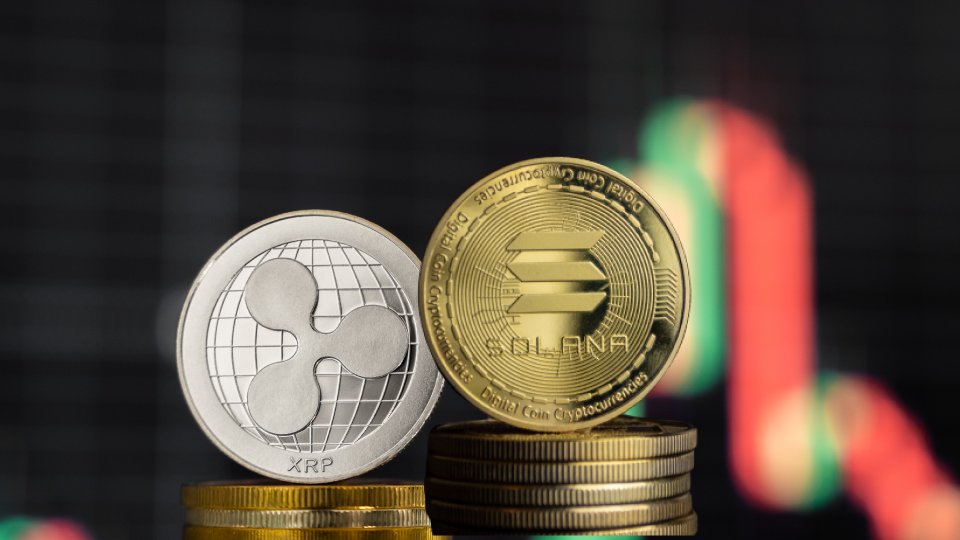
Transaction Speed and Fees Comparison
Performance metrics show how Solana and XRP use different tech and target markets. Solana can handle a lot of transactions. It has a potential of 65,000 transactions per second (TPS). It has reached up to 2,909 TPS in some cases over 100-block periods.
The block time is only 0.39 seconds. This allows nearly instant confirmations for DeFi and gaming apps. On the other hand, XRP aims for steady performance. It processes about 1,500 TPS with settlement times of 3-5 seconds.
This speed is key for banks that need reliable processing for global transfers. Each network has its own specific uses based on these features. When it comes to transaction fees, both networks are better than older payment systems.
Solana costs about $0.00025 per transaction, which is a bit more than XRP’s fee of $0.0002.
However, Solana’s fees can rise during busy times due to priority charges. XRP has a stable fee system where regular transactions cost 10 drops (0.00001 XRP). Special operations may cost more than this standard fee.
Scalability and Performance Metrics
The comparison of Solana and XRP looks at more than just TPS numbers. It shows different building ideas.
Solana uses a method called Sealevel. This allows many transactions to happen at once. It helps meet the needs of smart contracts and DeFi systems. This means it can perform well with complex money tools and gaming apps.
On the other hand, XRP values trust and energy use more than power. XRP has a quick finality time of 3-5 seconds. In contrast, Solana takes about 12.8 seconds for finality.
XRP’s design aims to make payments easier for money transfers. In contrast, Solana supports many types of applications needing different resources. Both networks demonstrate significant differences, working better than old payment systems and other blockchains.
Solana can reach up to 65,000 TPS, making it very fast. Meanwhile, XRP handles about 1,500 TPS, which is good enough for most payments. The choice between these two often depends on what you need rather than just speed alone.
Earning Opportunities and Financial Aspects
Investment chances in Solana and XRP show their different spots in the market and tech strengths.
Solana gives staking rewards that average 7% APR. This means SOL holders can earn money passively while helping with network checks. Its growing DeFi system lets users earn more through liquidity supply, yield farming, and decentralized exchanges like Raydium and Jupiter.
On the other hand, XRP offers lower staking rewards of around 3.03% APR because it uses a different system.
Yet, it serves as a bridge currency for global transfers, which is valuable for payment firms and banks. New rules have made XRP more attractive for big investors, likely raising demand. Market cap details are key when making investment choices.
Solana backs thousands of projects, including well-known meme coins and gaming tokens, which add value to its network. At the same time, XRP has strong ties with traditional finance firms and is becoming more popular among payment providers wanting to replace SWIFT.
Use Cases and Real-World Applications

Solana in Decentralized Finance (DeFi) and NFTs
Solana is known for its strong performance. It is the main choice for DeFi tools and NFT shops.
The platform has big decentralized exchanges like Raydium. Raydium combines market maker features with order book systems. There is also Jupiter, a top DEX aggregator that finds liquidity across platforms.
This helps traders get the best rates for their trades. Solana offers low fees and fast speeds. This makes it easy for small transactions and quick trading, which is great for games needing quick blockchain use.
NFT makers like Solana because it has low minting costs and smooth marketplace functions. DeFi tools on Solana are changing from basic swaps to more complex financial options.
For example, lending sites like Save (once called Solend) offer good rates for borrowing and lending crypto assets. This growth in the ecosystem brings in developers wanting to build new financial products without the high costs or slow speeds of other platforms.
XRP in Cross-Border Payments and Banking
XRP is strong in changing how we make international payments. It works with big banks and finance firms. RippleNet connects more than 300 banks and payment services. This offers a new way compared to traditional payment systems and banking methods. These banks use XRP as a bridge currency. It helps move money quickly between countries. They do not need pre-funded accounts in different nations.
The gains in speed are huge. SWIFT transfers can take days and cost over $50. In contrast, XRP transactions finish in seconds for just a small fee. This change helps fix big problems in the $150 trillion global payments market. More payment providers see XRP as a way to get liquidity when needed. This cuts down on cash needs and makes work easier. Its use also helps with remittances.
People can send money across borders with lower fees and faster times. There are also talks about central bank digital currencies (CBDCs). These highlight XRP’s ability to help national digital currencies work together better.
Market Trends and Adoption Rates
Adoption by Financial Institutions and Crypto Exchanges
Institutional adoption trends show different paths for Solana and XRP. This is based on what each offers. XRP is popular among institutional investors and traditional finance groups. These groups are modernizing their payment systems.
The SEC’s recent clear rules have helped this growth. It has made banks more confident in RippleNet’s solutions. Both assets have support from crypto exchanges, but their trading volumes vary.
User engagement also differs greatly between the two. Solana is seen as a platform token for many uses. XRP attracts those who want to modernize payments. New Solana ETF proposals show that institutions are interested in its growth.
The Trump administration’s support for crypto has helped both projects. XRP has gained attention in talks about crypto reserves too. This political backing and less strict rules have created a good space for both networks to grow among institutions.
Community Support and Developer Ecosystem
Developer activity is a key sign of a project’s long-term health and new ideas. Solana has a busy community that makes many types of apps, such as DeFi and games, contributing to a surge in development. They use its fast speed and low wait times to their advantage.
On the other hand, XRP’s developer group focuses mainly on payment apps and linking up with regular finance. Although it is smaller, XRP has experts in fintech. This helps with the project’s growth and steadiness. Community involvement also includes support for rules and the ecosystem. Solana’s users help with updates and rules by holding SOL tokens.
At the same time, XRP works to gain support from banks, even though it does not have formal rule systems.
Future Outlook and Investment Potential

Predicted Growth in the Next 5 Years
Long-term growth for Solana and XRP depends on how well they follow their plans. It also relies on the overall state of the crypto market.
Analysts believe Solana could hit $350 to $370 by December 2025, at the time of writing. There is a chance for big growth through 2030 as more people use DeFi. Solana has tech benefits that help it grow with interest from big firms.
XRP may grow more slowly but shows stability, focusing on well-known financial markets. Fixing legal issues could help banks adopt it more, especially as old payment systems change.
Price forecasts show steady growth as payment companies start using blockchain solutions.
Both projects gain from the growth of the crypto market and more people seeing the value in blockchain tech. Solana aims at the fast-growing DeFi and gaming areas, while XRP works on fixing problems in global finance with tech solutions.
Regulatory Considerations and Challenges
Regulatory changes are shaping how people invest in assets. Recent trends help both XRP and Solana. XRP won a legal battle against the SEC, securing regulatory clarity for the crypto space. This win sets key rules for how crypto is regulated.
Solana has avoided big problems by focusing on how it works. It does not compete with traditional finance as much. The current government is changing its rules. These changes could help crypto projects that show clear use and follow the rules.
However, XRP and Solana have different uses, so they face different rules. XRP’s links to banks make it subject to banking laws.
On the other hand, Solana might be checked closely for DeFi tools and token sales on its site. Changes in the law could affect these projects in various ways based on what they do and their markets.
Conclusion
This Solana and XRP comparison shows two different blockchain methods in the blockchain world. They aim at different markets.
Solana has a fast design and smart contracts. This makes it a strong choice for DeFi and gaming.
On the other hand, XRP works on making global payments better.
When investing, you should think about your risk level, time frame, and belief in adoption. Solana gives chances to grow with DeFi, while XRP is a safer choice with support from big banks.
Both projects have good basics and clear paths to growth.
In the end, the decision between them depends on whether investors want fast gains or steady growth in payment systems.
FAQs
Is Solana Faster Than XRP?
Yes, Solana is much faster than XRP. It can handle up to 65,000 transactions every second. In contrast, XRP only manages about 1,500 transactions per second. However, XRP focuses on steady settlement times. It usually takes about 3 to 5 seconds to settle a transaction. This speed is very important for XRP’s payment purposes. It matters more than just handling many transactions at once.
Which is More Environmentally Friendly, Solana or XRP?
Both Solana and XRP use less energy than Proof of Work networks like Bitcoin.
XRP has a way to agree that needs very little computer power. It uses about the same amount of electricity as an email server. Solana’s Proof of History uses more computer power than XRP does. Still, it is energy efficient when you compare it to old mining networks.
How Do Solana and XRP Handle Network Security?
Solana uses a mix of Proof of History and Proof of Stake. Validators keep the network safe by staking SOL tokens.
On the other hand, XRP uses the Ripple Protocol Consensus Algorithm. This relies on trusted validators for agreement without mining. Both ways provide strong security through different designs.
Are Solana and XRP Worth Buying in 2025?
Both assets give good investment chances in 2025 for different reasons. Solana grows with more use in DeFi and its ecosystem. XRP helps with newer payment systems and has strong support from big firms.
Choices for investing in the long term should match personal goals and how much risk a person can take.
Where to Invest in 2025, Solana or XRP?
The better choice depends on your goals and the market view. Solana draws in those who want growth in DeFi. It offers more chances for gain but also comes with more ups and downs. On the other hand, XRP is a safer pick. It focuses on payment systems and has steady backing from firms. Additionally, it has clear rules from regulators.
Who Will Give More Returns, Solana or XRP?
Historical data and future predictions show that both assets can give good returns. They do this in different ways. Solana’s growth may provide higher profits. On the other hand, XRP’s use by big firms could lead to steadier value growth.
Investing in both might help reduce risks while increasing returns.
